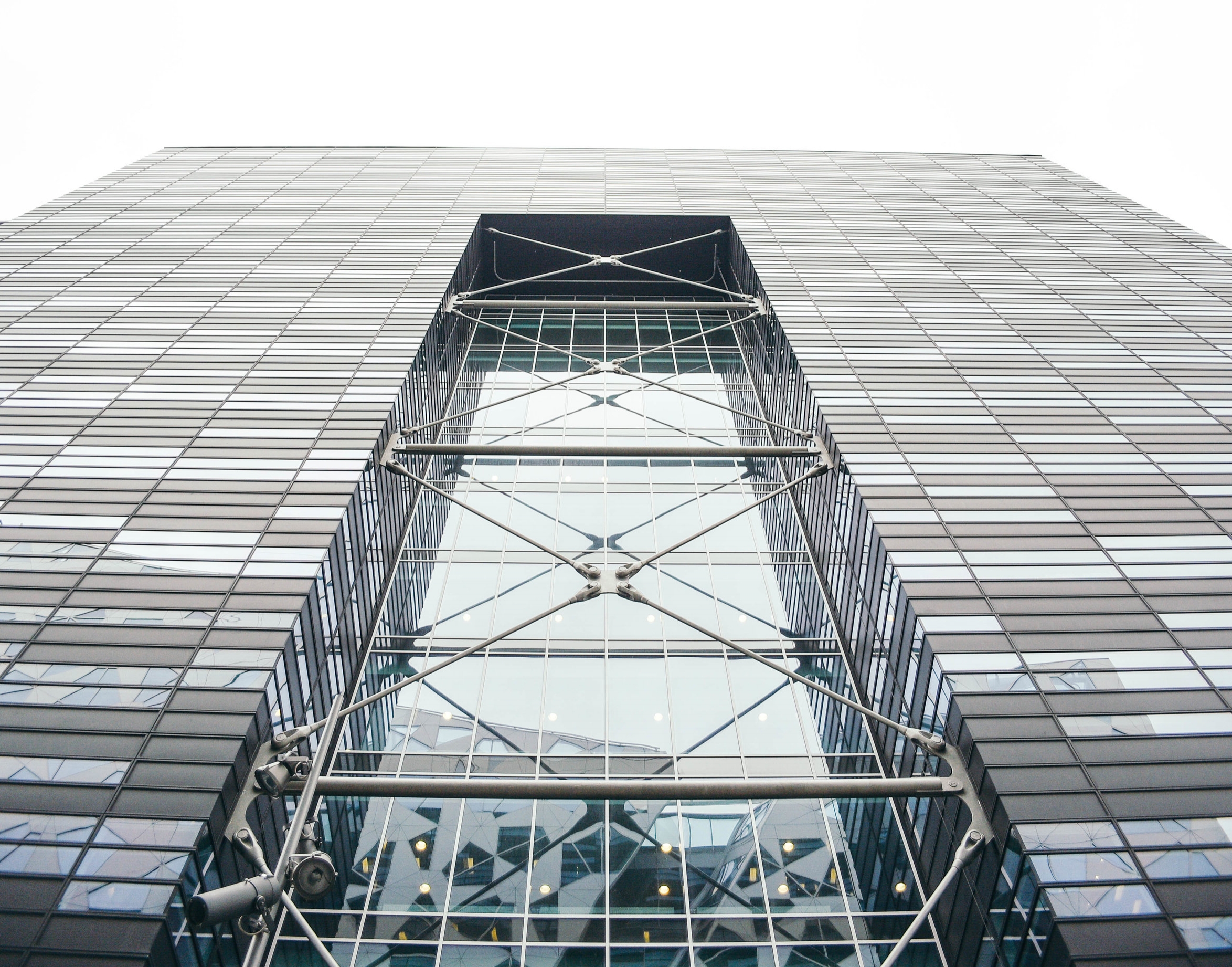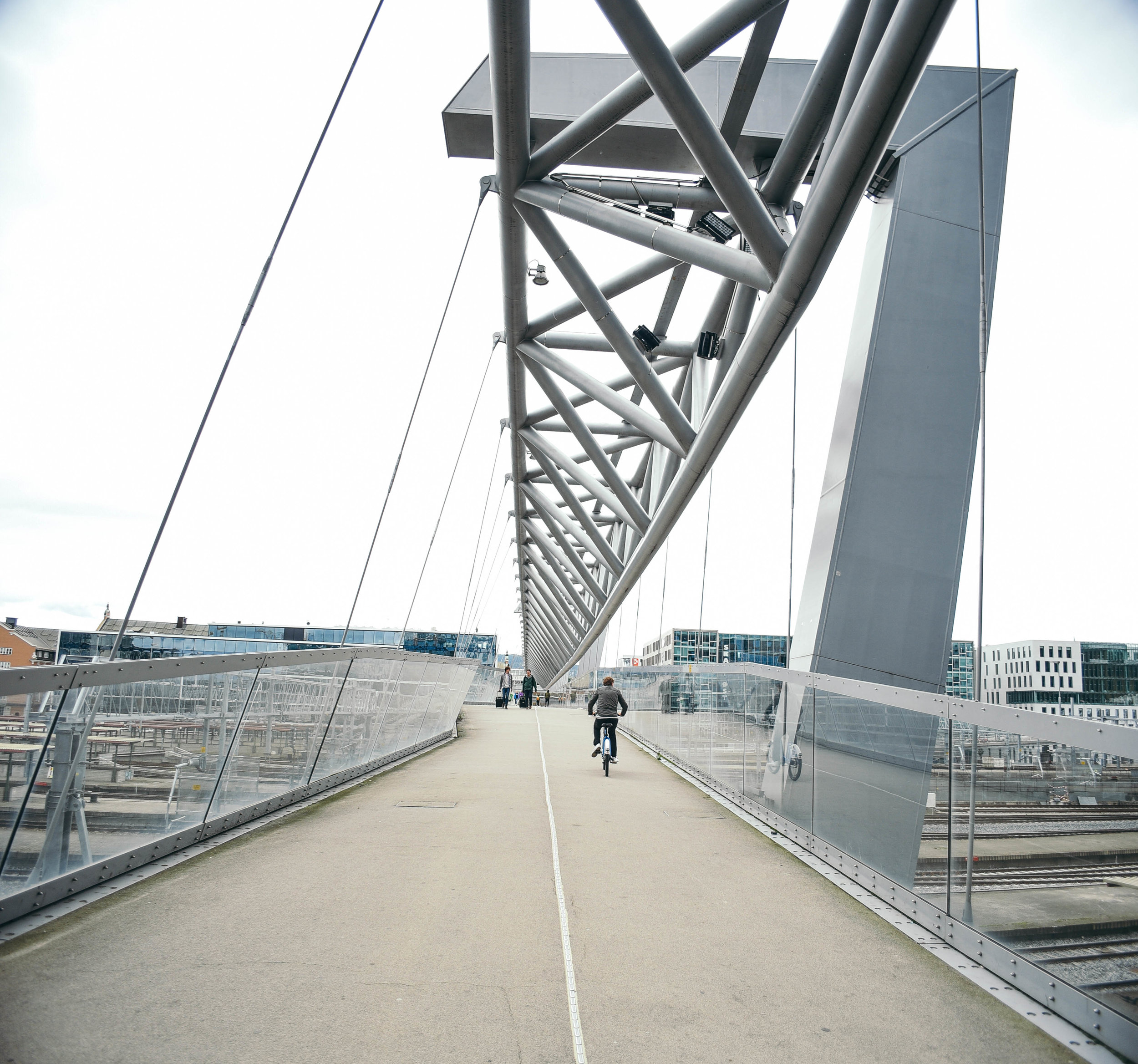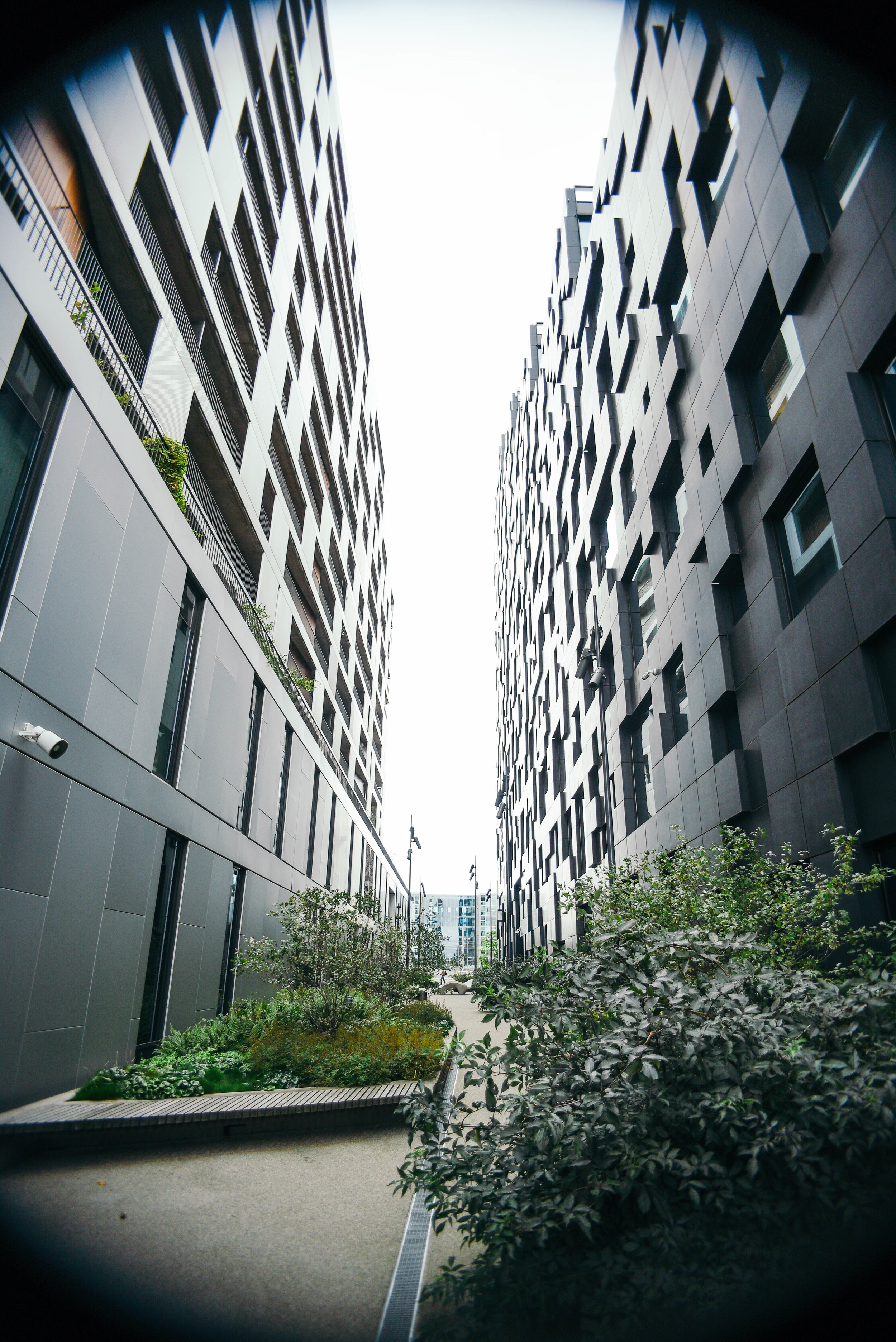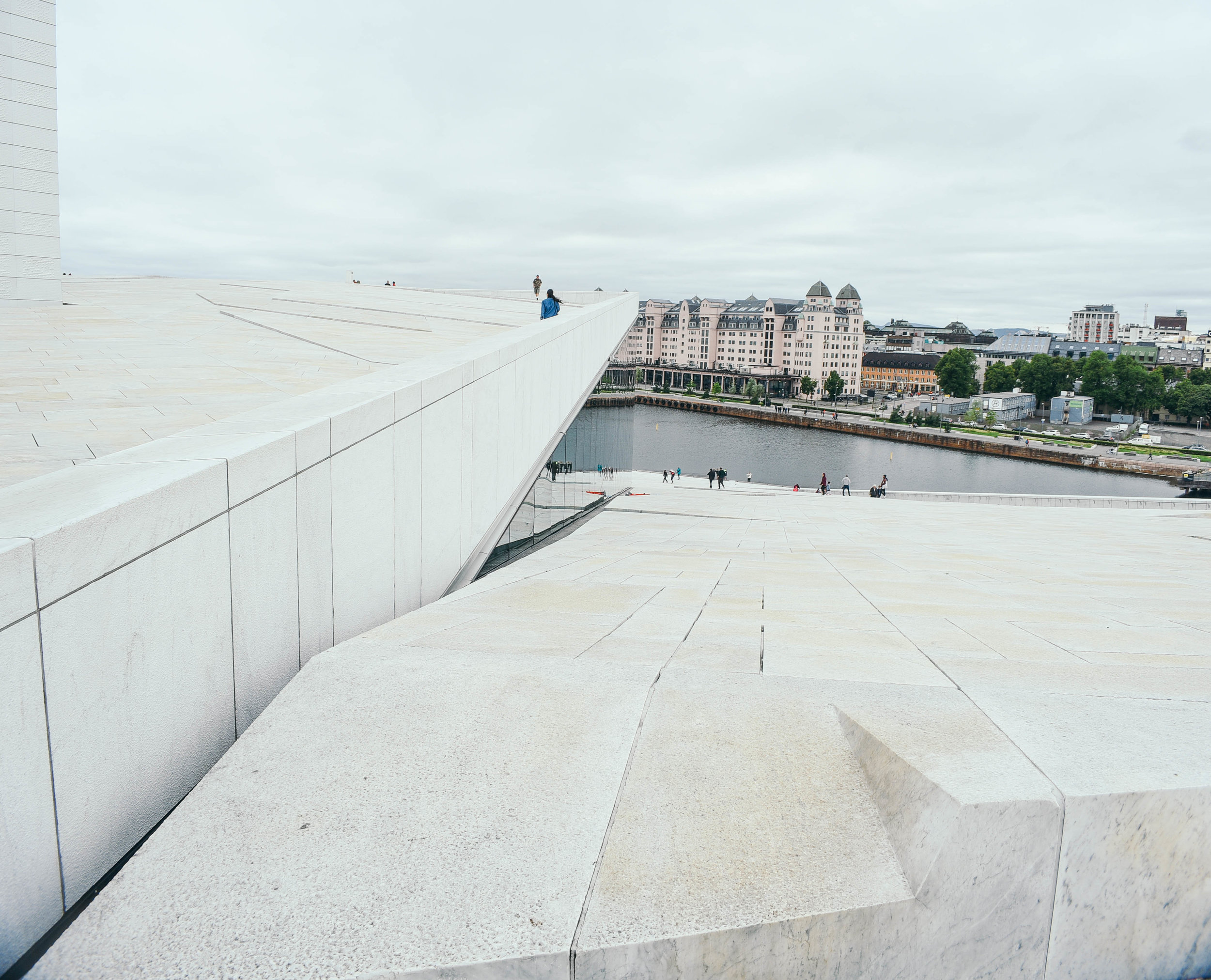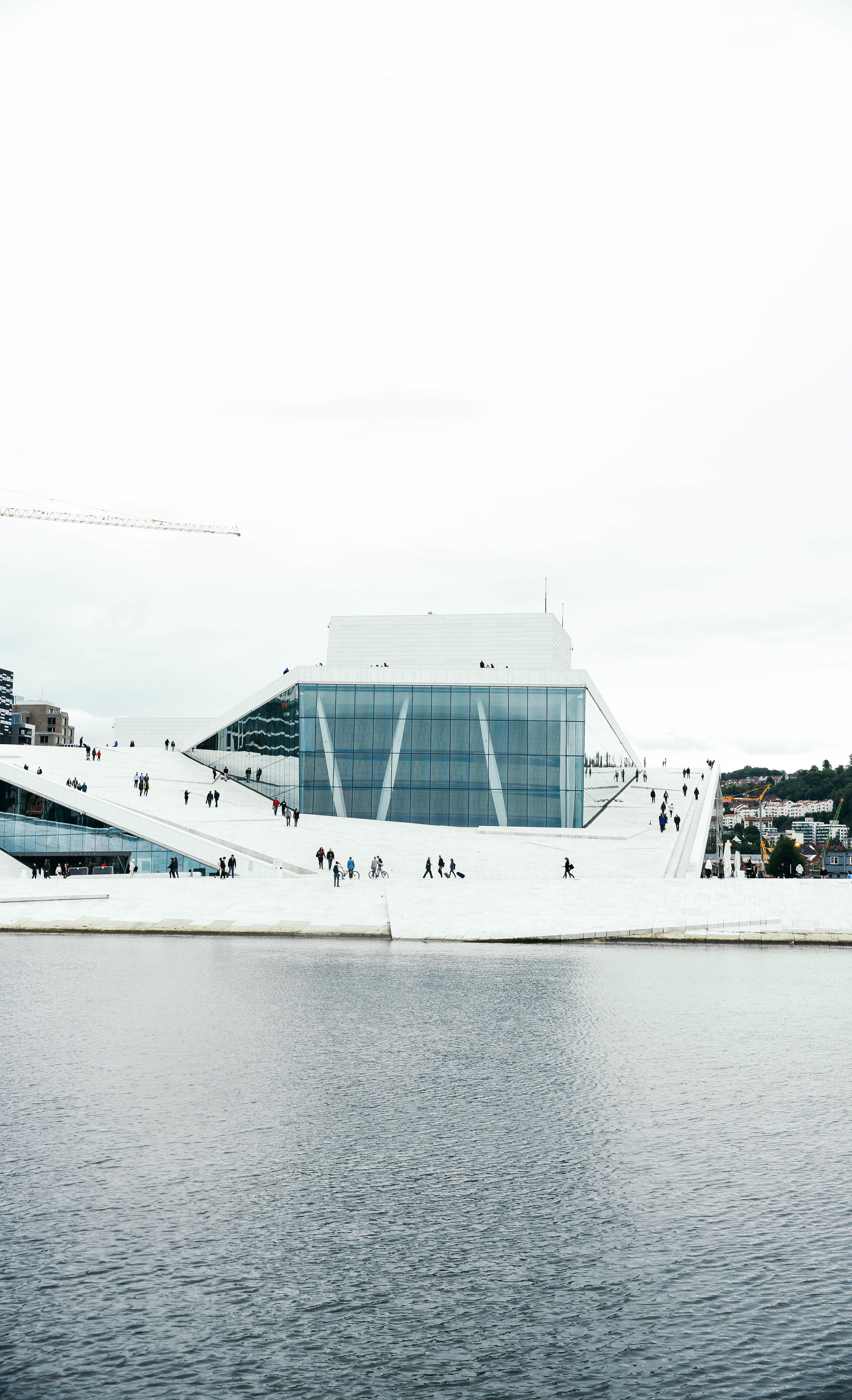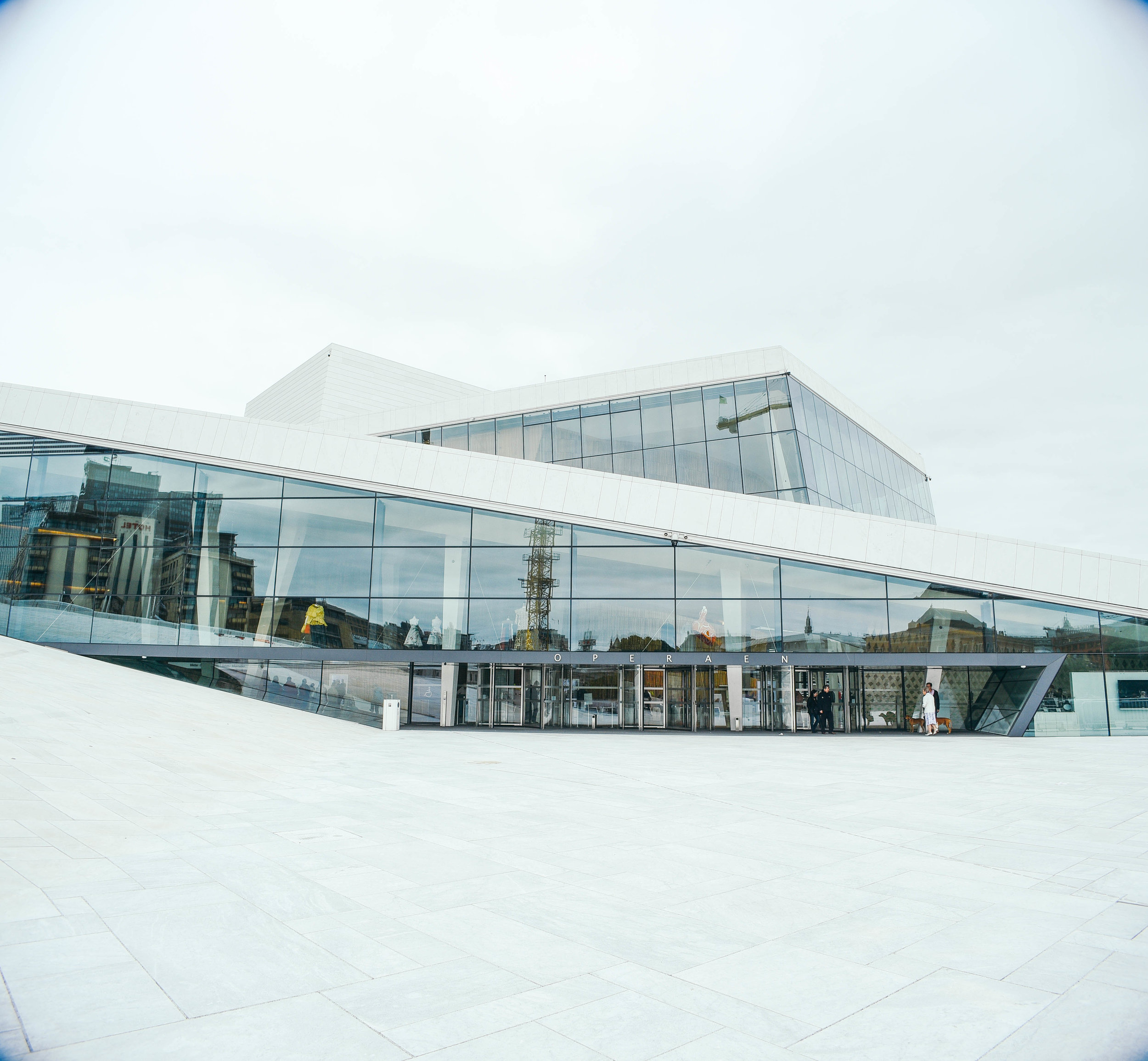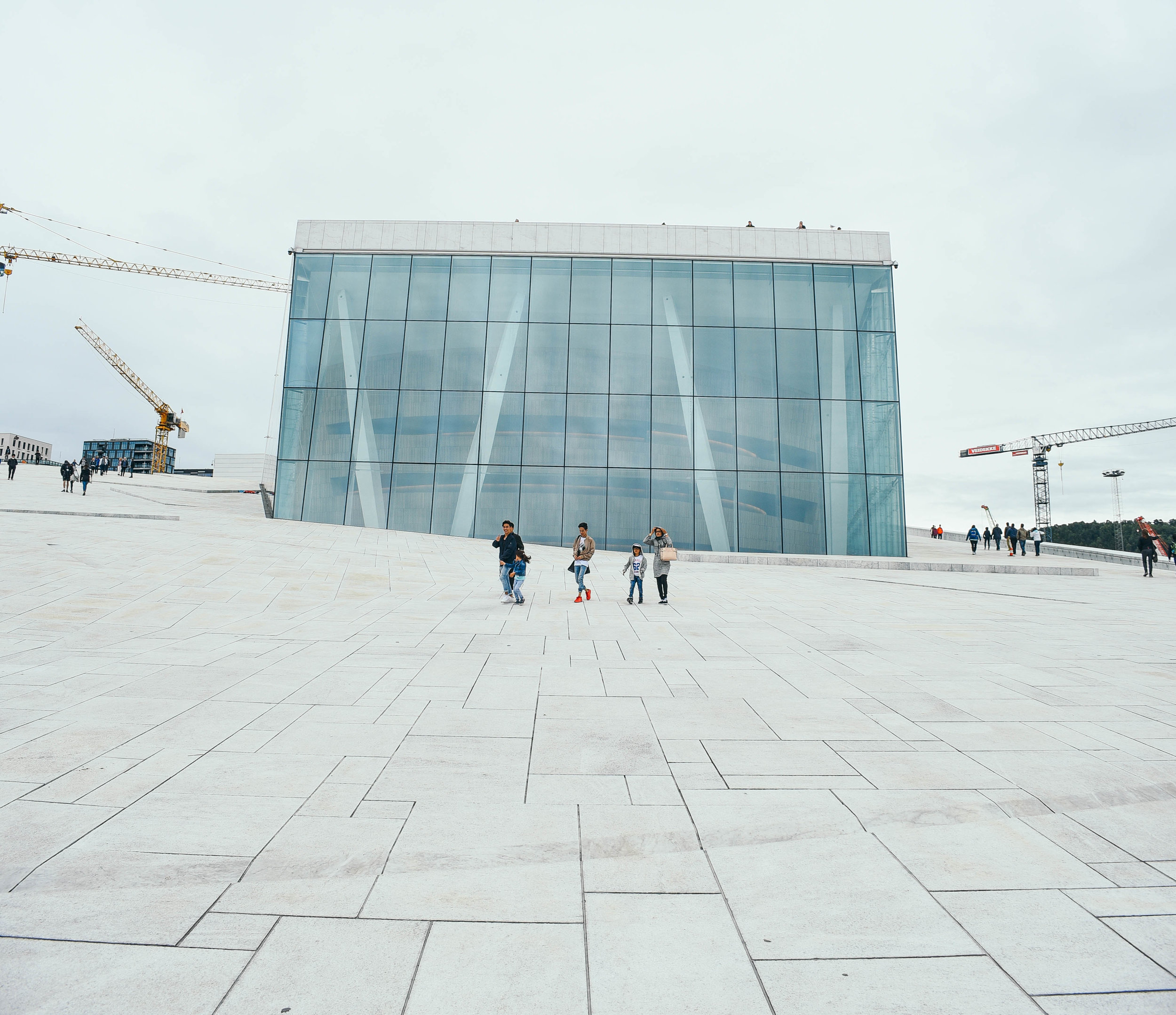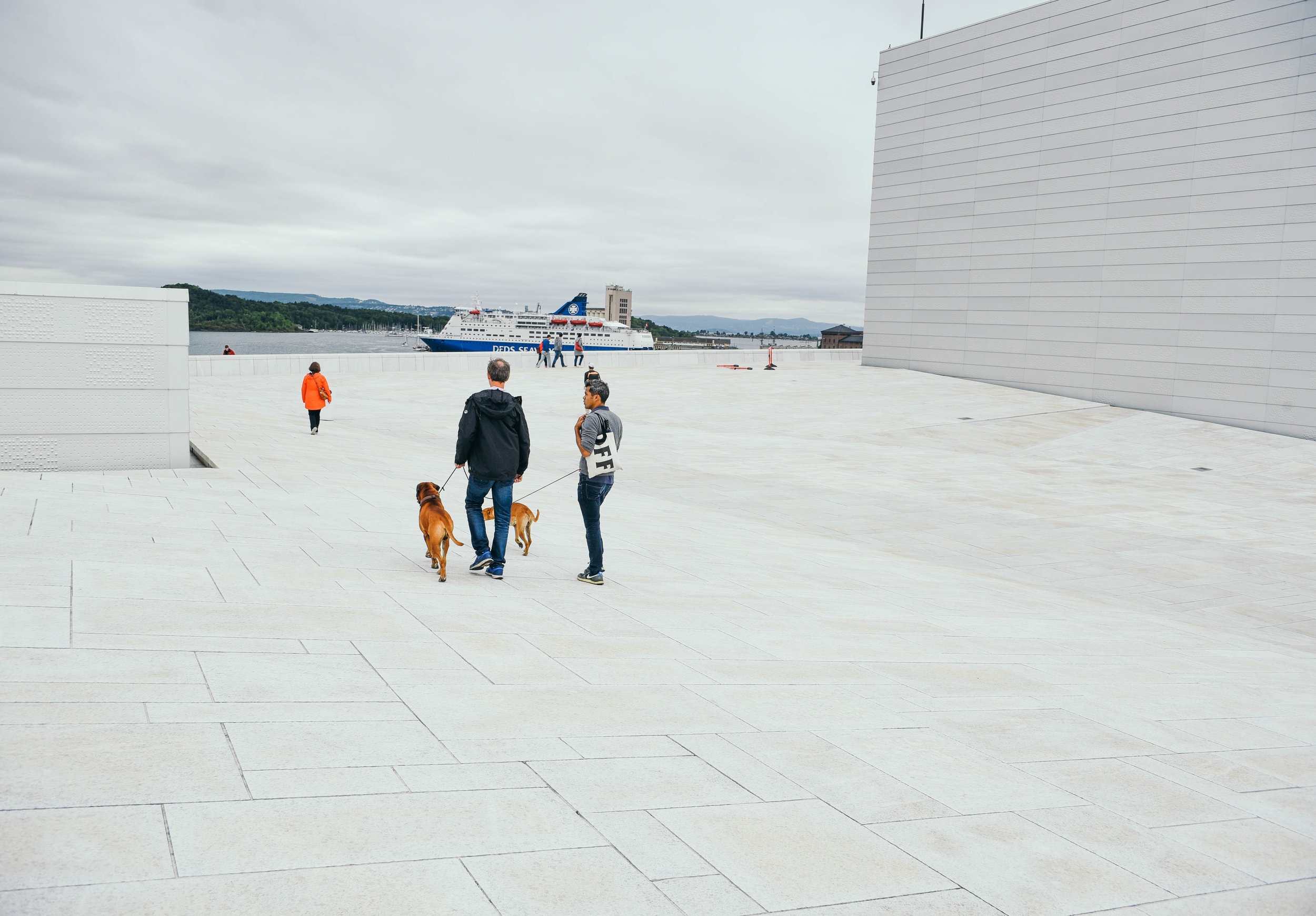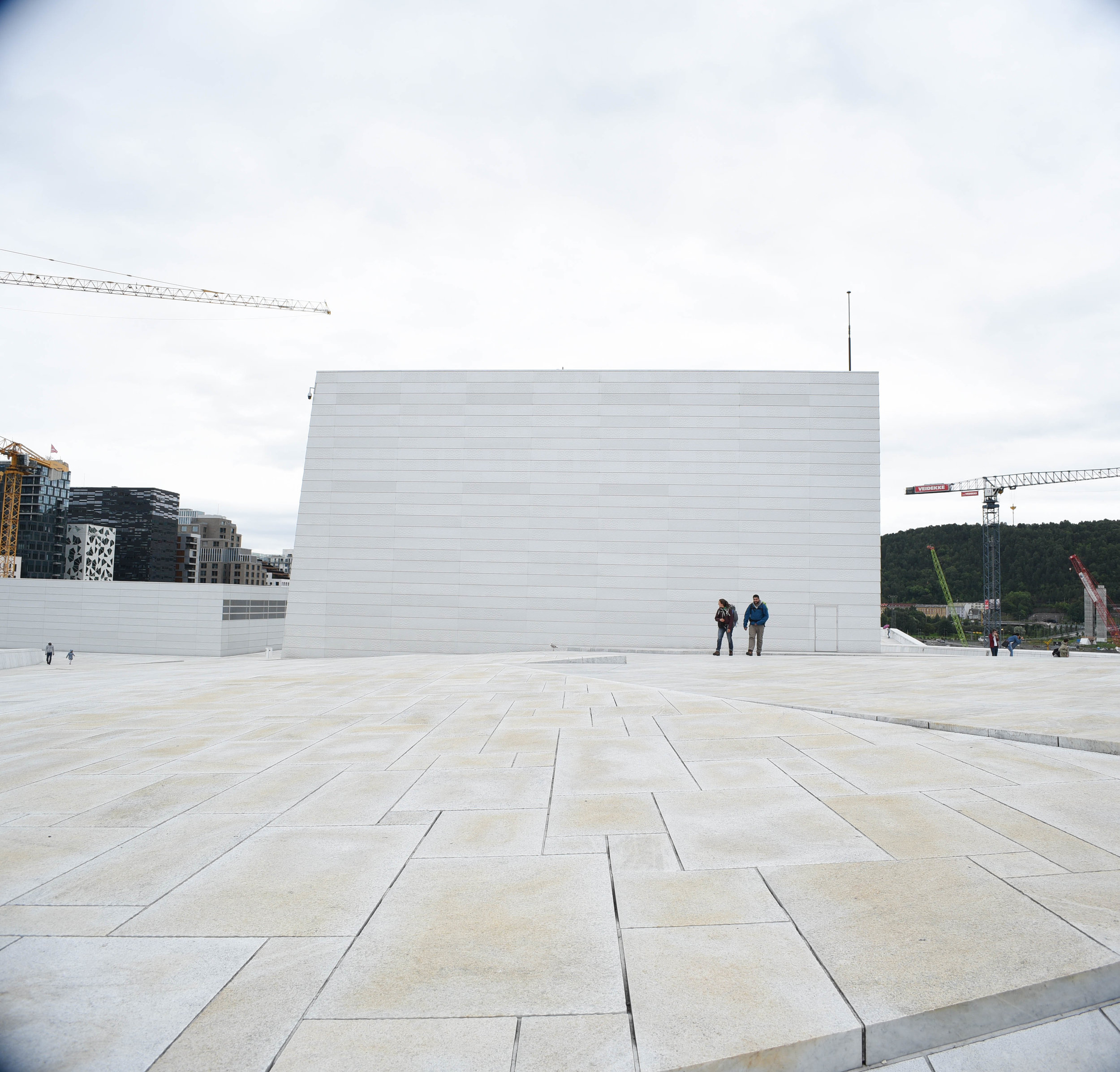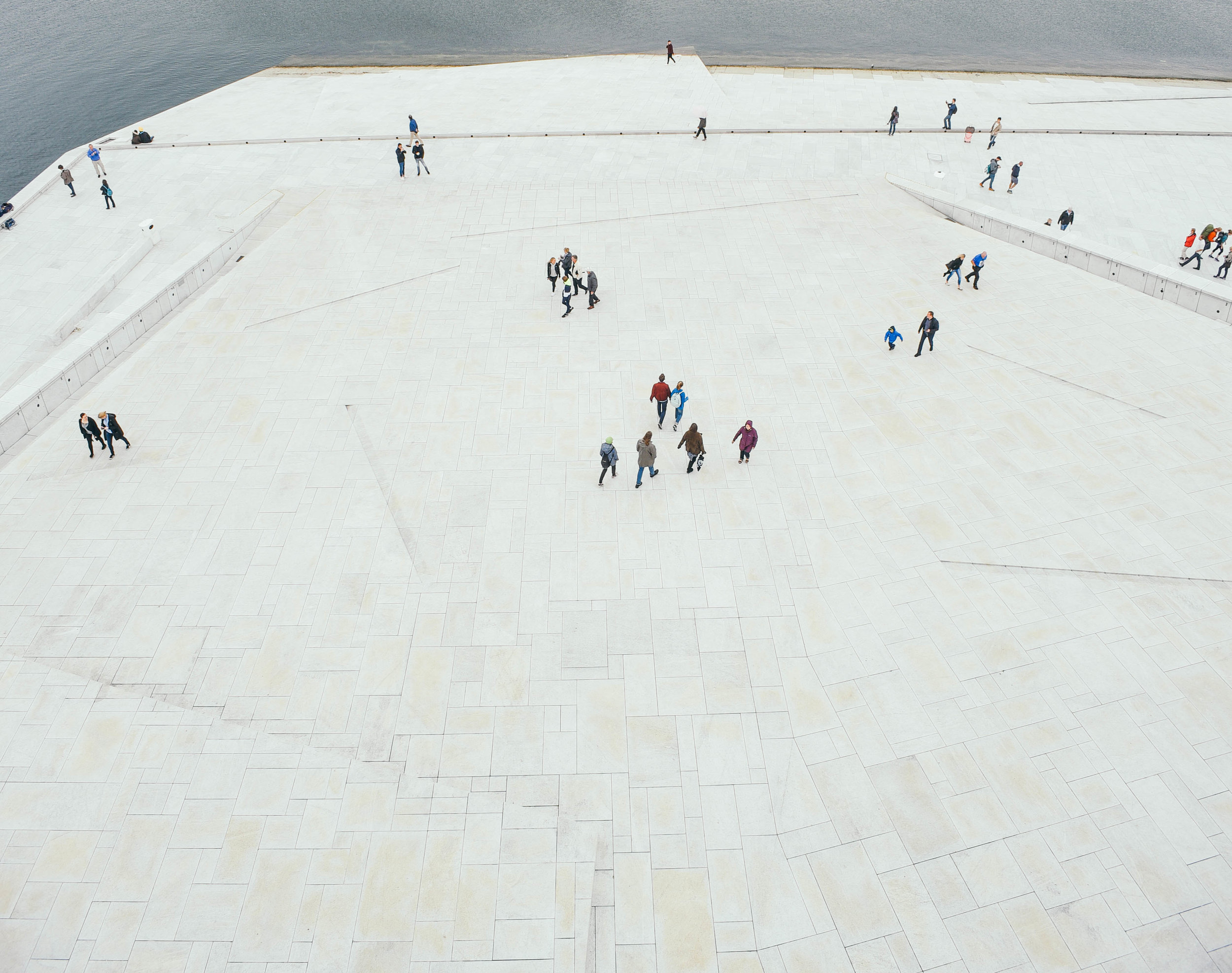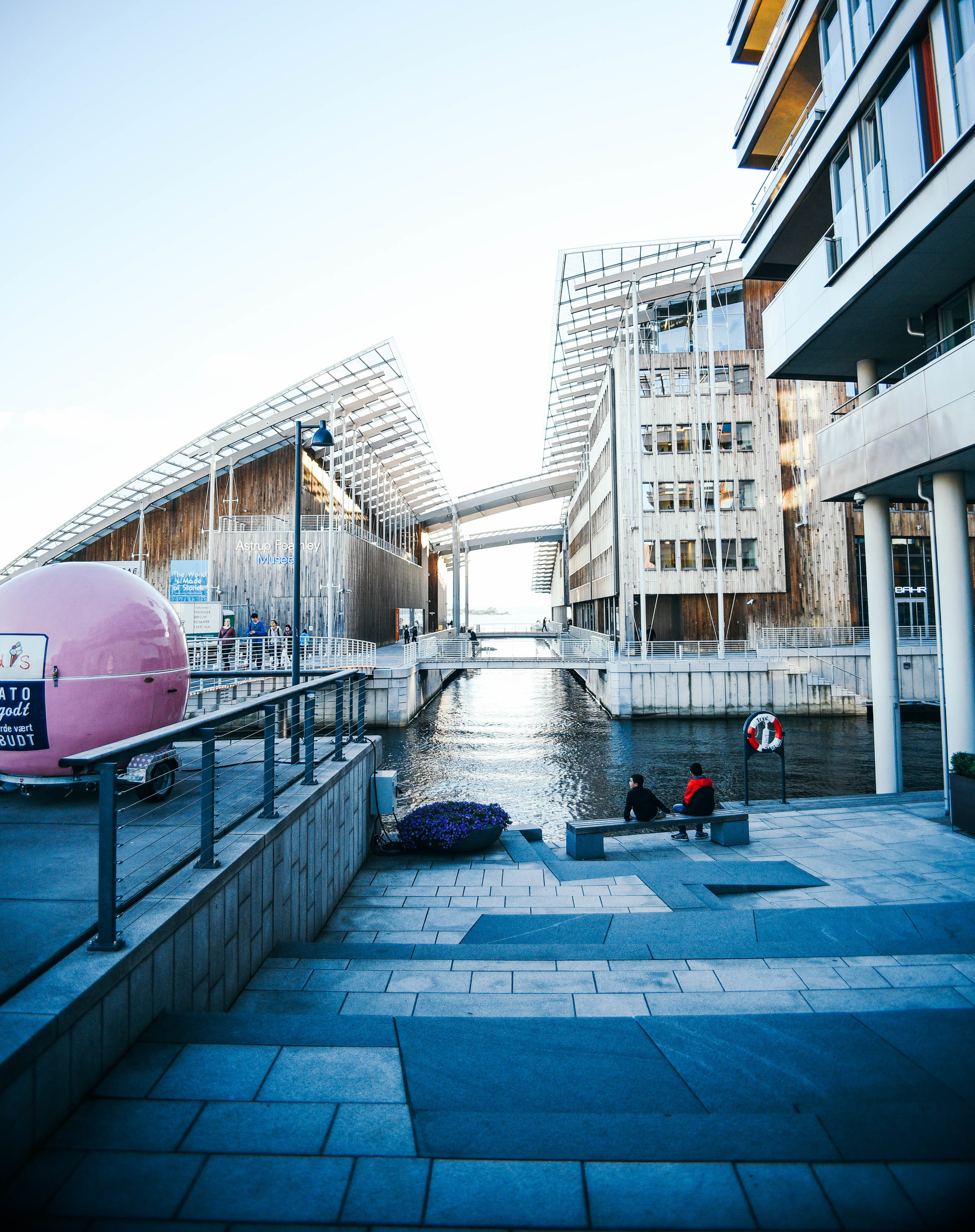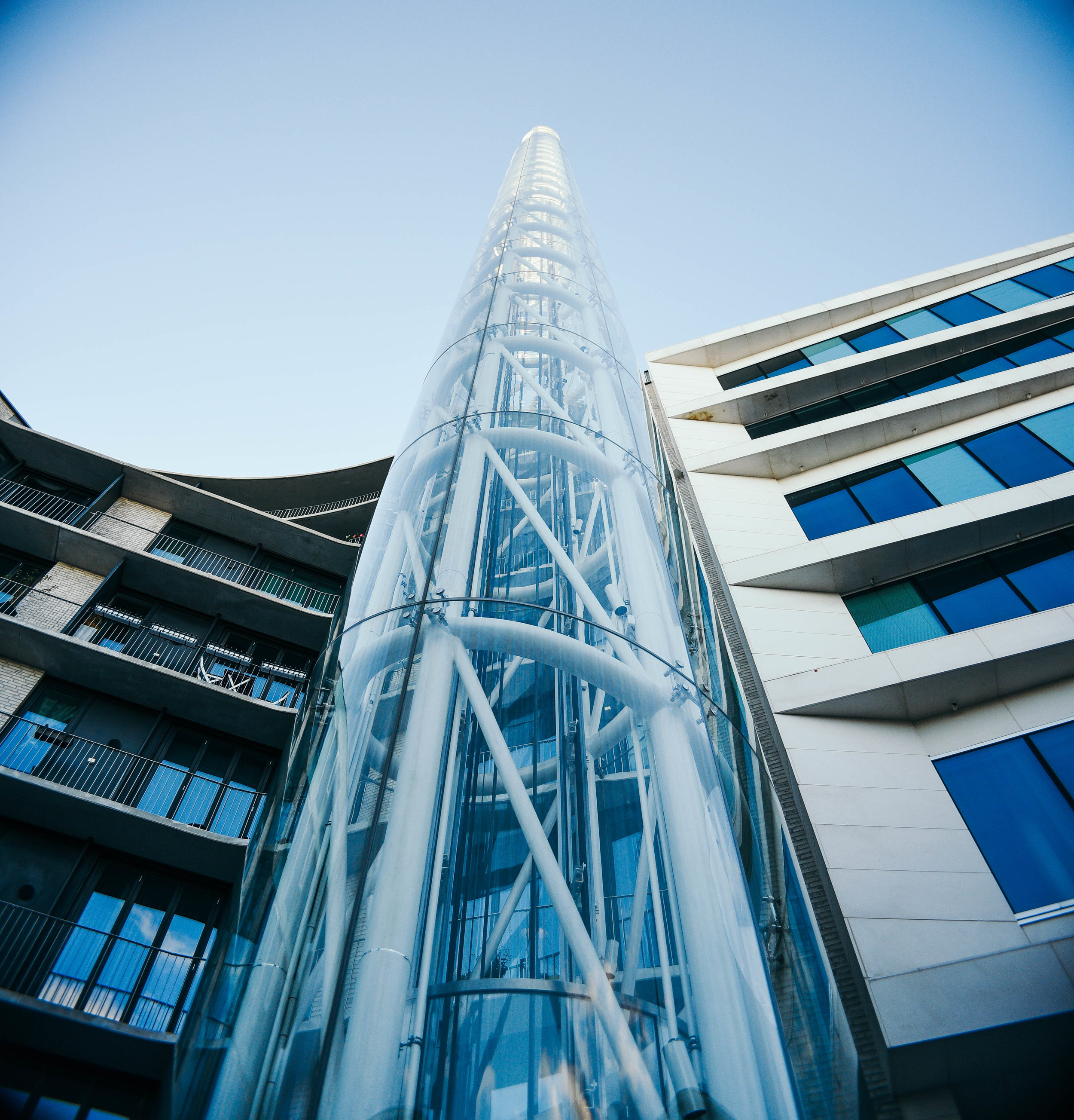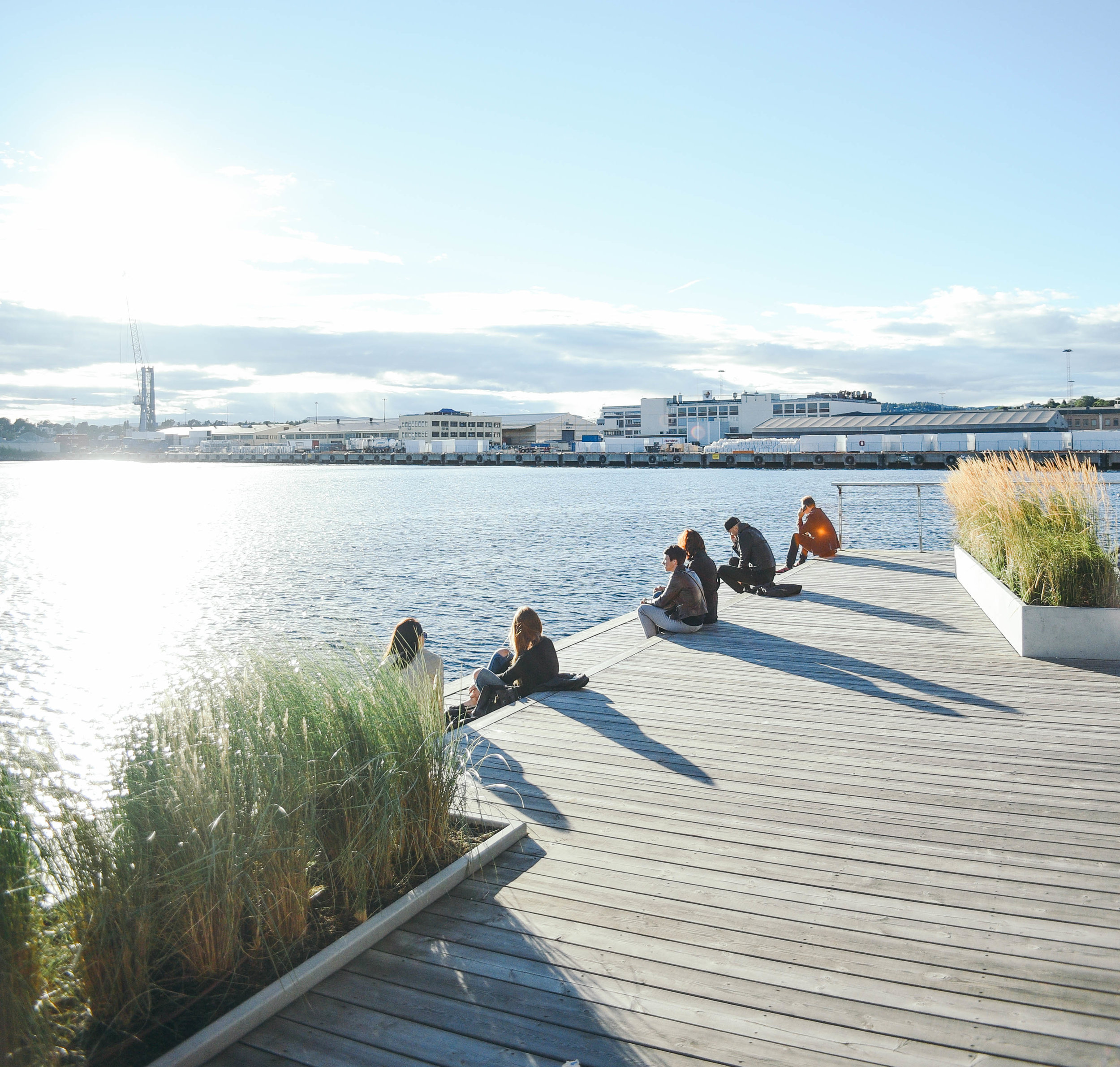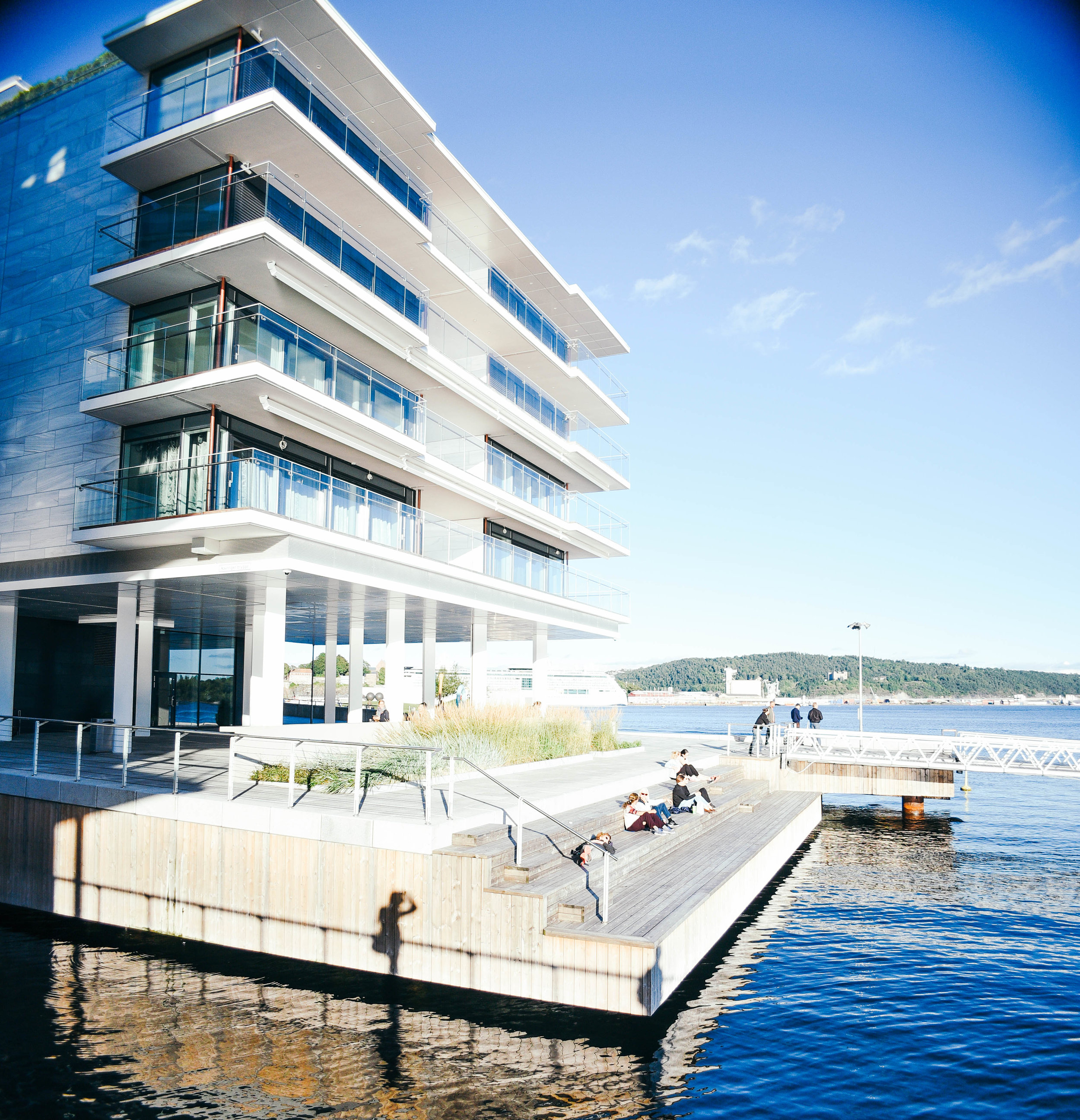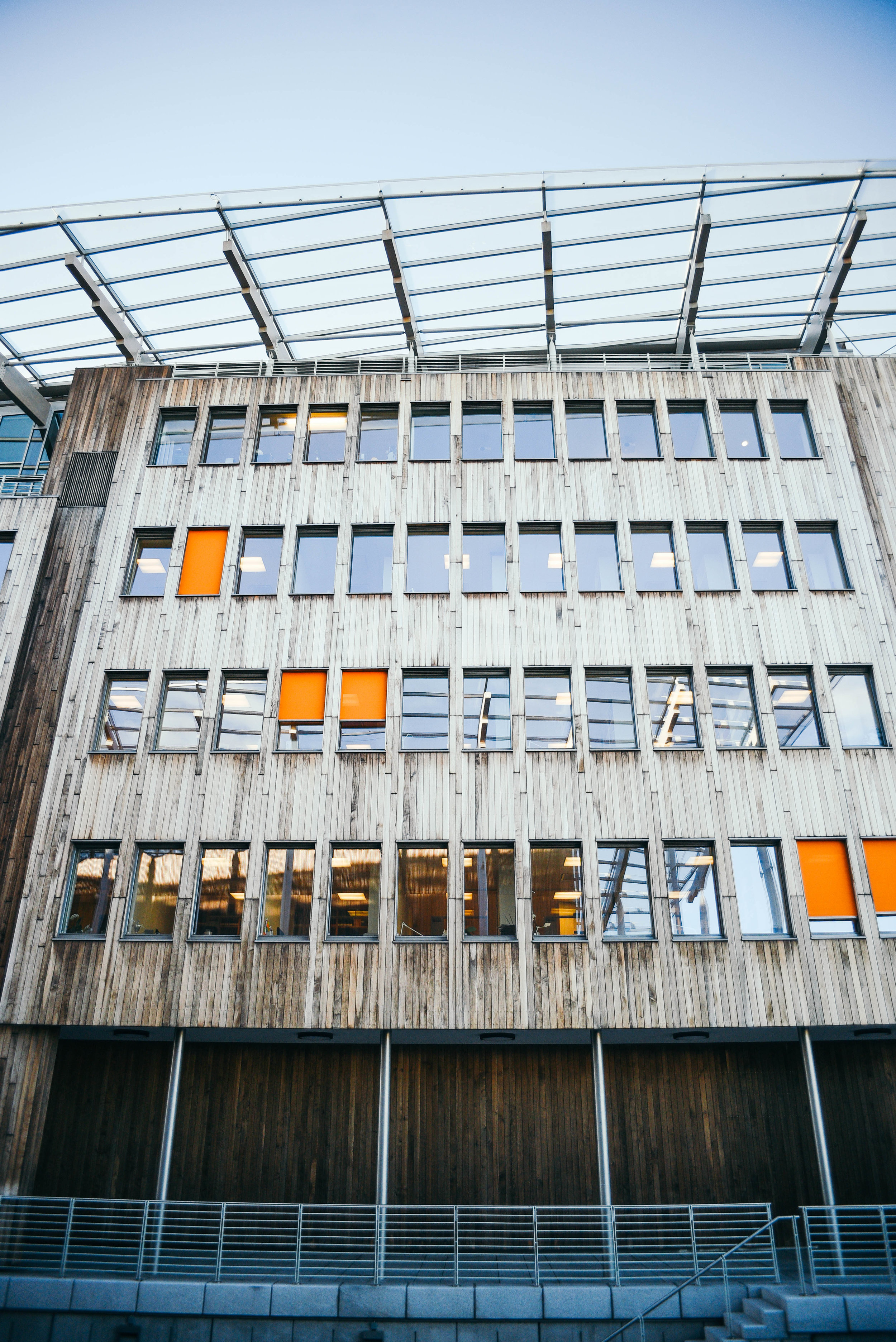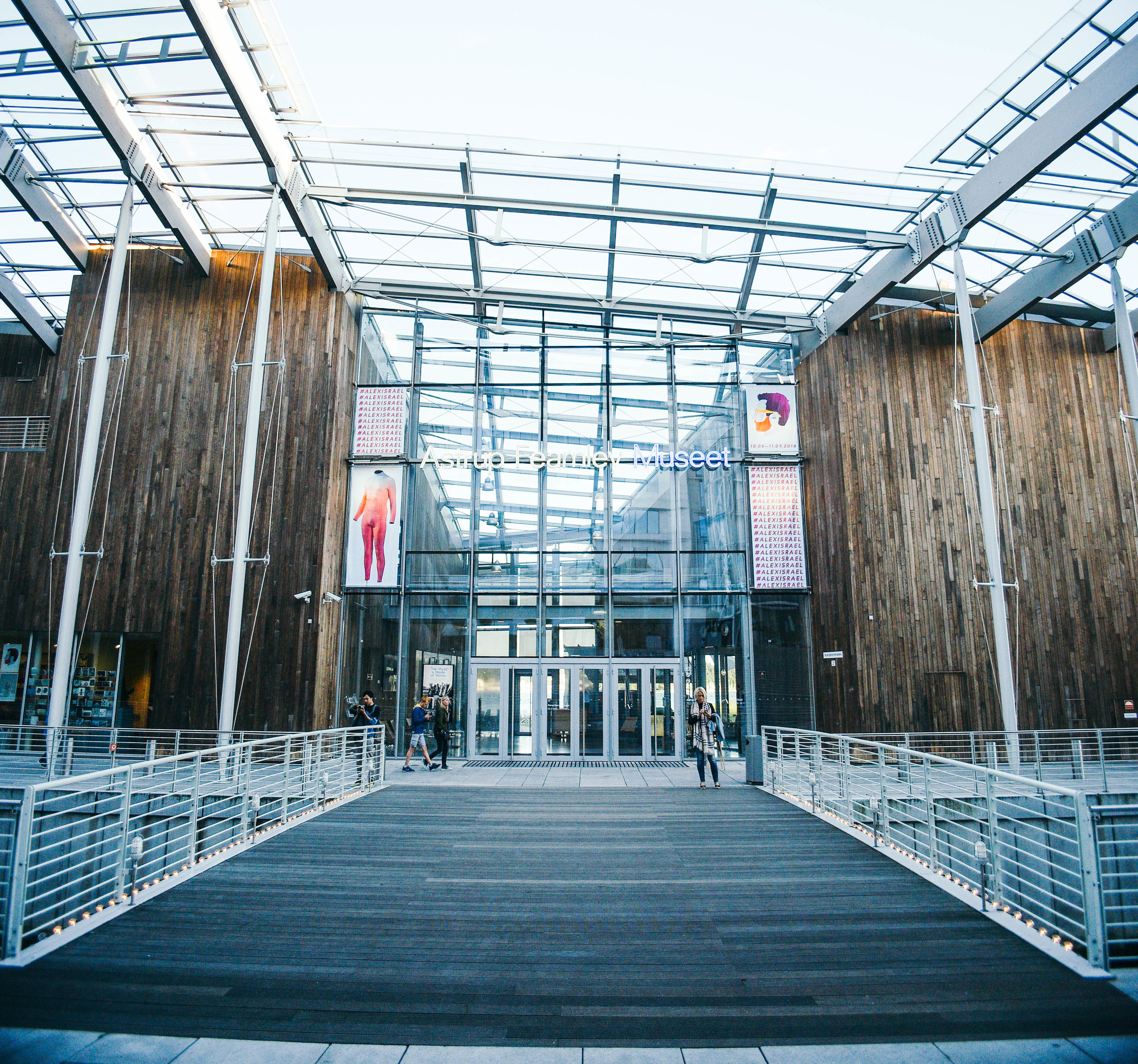“It might be wondered looking at it… whether people’s monuments accurately reflect their natures; whether this sheery mess, this hollow gesture, this smiling shrug of the ideals we trade, is a mirror of its makers. Likely because of its brilliant outside is likely now to bring them universal calumny. And it might be wondered too whether such things never come to pass. Because they require the cooperation of fallible men and the leadership of inspired men who can only finally repel because of their obsession. But, it stands a frosty, glad symbol of whatever you like. Destroyed by cussedness. Betrayed by cowardice. Brought to this quietus by the politics that giveth and the politics that taketh away. Hallelujah, we guess. Hosanna, to whatever’s possible, in the best of all possible climates. She’ll do mate. Or will she? “
In 1968 an Aussie in London called John Weiley decided to make a film on the construction of the Sydney Opera House. He pitched his idea to young film maker, David Attenborough, who thought it was an amazing idea. Despite Australian ABC’s opposition, they managed to interview some of most of the key designers and politicians at a point when the entire project was in shambles. The film was super critical of the NSW government and was supportive of Utzon - the architect who had just lost his job on the building. After 2 years of scripting, interviewing, filming and editing, Weiley finished his project and took a trip to Greece. Upon his return to London, he learned that it had been destroyed. There was no trace of the reel and no one would tell him where it went. To this day he doesn’t know what happened, but suspects foul play.
… Almost 45 years later in 2012 an email showed up in Weileys inbox asking if he was the man who made the Opera House film. Collecting archived footage in London, someone had stumbled across a reject reel. It was pieced together and broadcast in 2013.
Here it is in all its glory. One of the best docs I’ve ever seen.








































